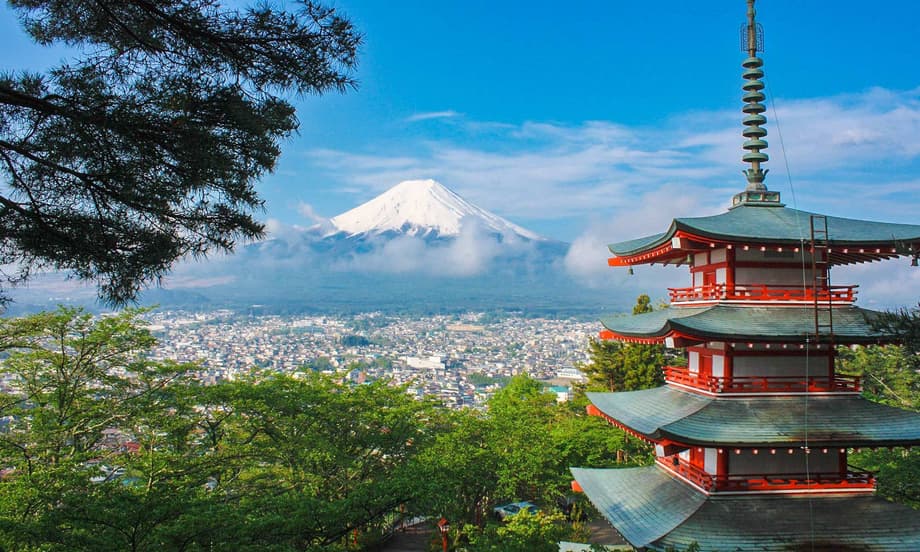What is changing for trips to Japan
Japan will add a digital pre departure approval for many foreign visitors by fiscal 2028, called JESTA, short for Japan Electronic System for Travel Authorization. The program is designed for travelers who now enter without a visa. It adds an online screening step before boarding a flight to Japan, similar to the U.S. ESTA and the United Kingdom ETA. The goal is to make arrivals faster at airports, reduce overstays, and strengthen border security while keeping the country open to tourism and short business visits.
JESTA does not replace visa free entry. Eligible nationals will still be able to visit for short stays, typically up to 90 days for tourism, family visits, or business meetings. The change is that travelers must secure approval online before traveling. Airlines will check for valid authorization during check in, and passengers without it can be refused boarding. Officials plan to introduce the system by the end of fiscal 2028 (April 2028 to March 2029), with the potential for small pilot phases earlier. Early guidance suggests a modest application fee and multi entry validity, but final details will be confirmed closer to launch. Travelers who already hold a valid Japanese visa for entry are expected to be outside the JESTA requirement for that trip.
Who needs JESTA and who does not
JESTA is aimed at visitors from countries and territories that currently enjoy visa exemption for short stays. Public statements and guidance point to more than 70 nationalities being covered. Counts vary, often ranging from 71 to 74, due to how territories are listed. The coverage is expected to include most of Europe, the United States and Canada, much of East and Southeast Asia, Australia and New Zealand, and several Latin American, Middle Eastern, and African partners that already have visa waiver arrangements with Japan.
Examples of affected nationalities
- United States, Canada, Mexico
- United Kingdom, France, Germany, Italy, Spain, Switzerland, other EU and EFTA members
- Australia, New Zealand
- South Korea, Singapore, Malaysia, Taiwan, Hong Kong
- Israel, United Arab Emirates, Qatar
- Brazil, Chile, Argentina
Who is outside the scope for now
JESTA targets those who currently do not need a visa for short stays. Travelers who already hold a Japanese visa for entry, such as work, study, or family reunion, should not need JESTA for that trip. Early information indicates JESTA will apply to typical short visits for tourism, business, family, and similar purposes. Transit travelers may also come under the system if they plan to enter Japan during a layover, with full details to be confirmed. Final rules will be published by Japanese authorities before the rollout.
Why Japan is adding JESTA now
Visitor numbers are back at record levels. Japan welcomed about 36.9 million foreign visitors in 2024, exceeding the pre pandemic high of 2019. That surge has strained immigration desks at busy airports, even as automated gates and digital forms reduce some queuing. Authorities want to speed up the first line check and move more vetting to pre departure screening, so lives are easier for low risk travelers and resources are focused on cases that warrant extra scrutiny.
JESTA also responds to a broader policy focus on overstays and illegal work by visitors who enter visa free. A pre travel check helps border agencies match passport details against databases and assess basic eligibility in advance. The aim is a smoother, more predictable arrival for the vast majority of visitors who comply with the rules, and earlier intervention for those who may be ineligible. The program aligns with a worldwide shift toward digital permission to travel before flying.
How the approval will work
Officials intend JESTA to be a straightforward online application that most travelers can complete in minutes. When the system opens, applicants will enter personal data and trip details on an official government website or app, pay a small fee, and receive an electronic approval tied to the passport. Airlines will confirm the approval at check in, similar to how they verify visas or the U.S. ESTA. Without valid JESTA, boarding can be refused. Each traveler applies individually, including children.
Information you will need
- Passport information as shown in the machine readable page
- Contact details and emergency contact
- Purpose of visit and planned length of stay
- Arrival and departure dates, and likely port of entry
- First night address in Japan or the main place of stay
- Basic travel history and security related questions
Processing times have not been announced, but experience from similar systems suggests many approvals will be near instant, with some applications taking longer for manual checks. Authorities usually recommend applying several days before travel to avoid last minute stress. Travelers should enter data exactly as it appears in the passport, since small mismatches can cause check in issues.
When to apply and how long it lasts
Japan has not yet published the final validity period. Based on comparable programs, travelers can expect multi entry validity, likely one to several years, provided the passport remains valid. The fee is also pending. Estimates discussed in public guidance range from about 1,500 to 4,000 yen per person, which is roughly 10 to 30 U.S. dollars at typical exchange rates. Once confirmed, the official site will list the exact price and payment methods. If an application is refused, the traveler can usually seek a visa from a Japanese embassy or consulate for a case by case review.
What this means for airlines and business travel
Airlines will build JESTA checks into their reservation and departure systems, much like they already do for other pre clearance programs. Carriers will scan passports and confirm the presence of a valid approval before issuing boarding passes. Passengers who arrive at the airport without JESTA, or with details that do not match the passport, can be turned away. Travelers should double check that the passport number and personal data in their approval matches the document they will carry on the trip.
For companies, JESTA adds a new pre departure checkpoint for short business visits, trade shows, and rotational assignments. Travel managers will need to track approvals, validity windows, and passport renewals for frequent flyers. Many organizations already manage U.S. ESTA, Canada eTA, and other approvals for staff. JESTA will become another item in that workflow. Clear internal guidance, traveler training, and a simple status tracker can prevent missed approvals and last minute cancellations.
How JESTA fits with global travel approvals
Japan is joining a group of countries that require digital permission before boarding. The United States ESTA has been in place since 2009. Canada uses eTA for visa exempt air arrivals. New Zealand and Australia run similar systems, as does South Korea with K ETA. The European Union plans to introduce ETIAS for visa exempt nationals visiting the Schengen Area, with launch guidance pointing to 2026. The concept is the same in each case. Governments pre screen travelers, identify risks earlier, and let airports focus on processing rather than paperwork checks at the last moment.
For many frequent travelers, these approvals are now a routine part of trip planning. The main challenge is keeping track of which countries require what, how long the approvals last, and how they link to the passport. The safe rule is to apply early, store approval numbers, and set reminders for expiry well ahead of planned travel. Always use the same passport for the approval and the flight.
Avoid scams and unofficial sites
Travelers should apply only through official Japanese government portals once they go live. Third party sites often charge extra fees for basic form filling without adding value. Some are outright scams that take payment without submitting a valid application. Bookmark the official JESTA page when it is announced, and do not follow ads or messages that ask for payment through unfamiliar links. If a site claims to offer premium processing before JESTA is live, treat it with caution.
Data entered for travel approvals is sensitive. Use secure connections and do not share passports or payment details on social media or messaging apps. Families should consider having one trusted person manage applications for dependents, making sure every traveler, including minors, receives an individual approval. Keep confirmation emails and reference numbers in a safe place and bring electronic or printed proof when traveling, even if the airline and border systems can read the authorization automatically.
Japan weighs compulsory travel insurance
Separate from JESTA, Japanese officials have discussed requiring proof of travel medical insurance for visitors, potentially as early as 2027. Hospitals report unpaid bills from a small share of foreign patients. Authorities are reviewing whether to make insurance mandatory at entry, and whether travelers with outstanding debts could be stopped at the border until bills are settled. No final rule has been issued, but travelers should expect stronger checks on medical coverage and carry proof of policy details in case airline or immigration staff ask to see it.
At a Glance
- JESTA is a digital pre departure approval for visitors who now enter Japan without a visa
- Launch is planned by the end of fiscal 2028, with possible pilots earlier
- Applies to more than 70 visa exempt countries and territories
- Approval is required before boarding, and airlines will refuse passengers without it
- JESTA is not a visa, and visa free stays, typically up to 90 days, continue
- Each traveler applies separately, including children
- Fee and validity are pending, with public estimates in the 1,500 to 4,000 yen range and multi entry periods likely
- Travelers with a valid Japanese visa for entry are expected to be outside the JESTA requirement for that trip
- Japan recorded about 36.9 million visitors in 2024 and is aiming for 60 million by 2030
- Use only official government portals when applying, and avoid third party fees and scams












